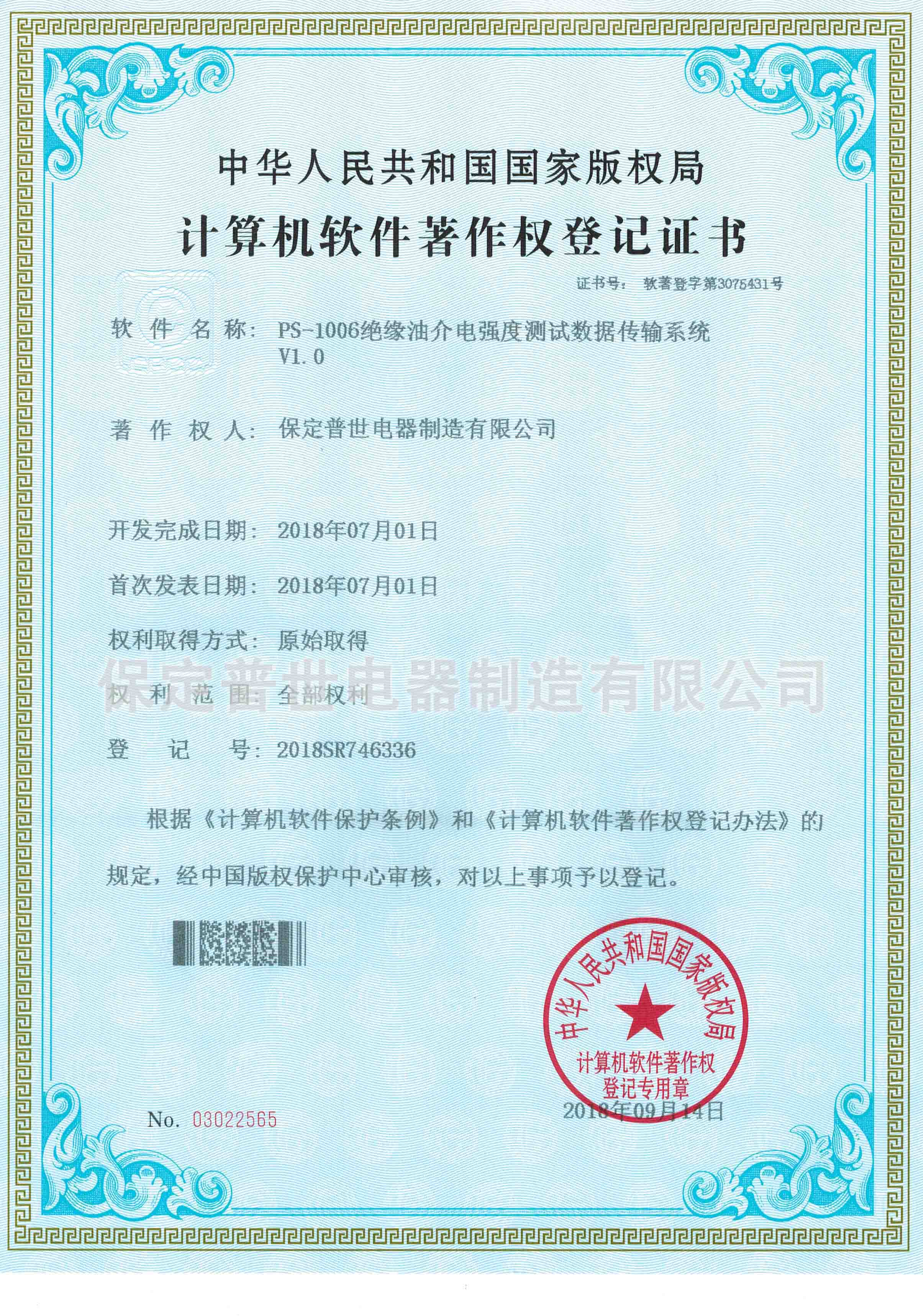 English
English



-
 Afrikaans
Afrikaans -
 Albanian
Albanian -
 Amharic
Amharic -
 Arabic
Arabic -
 Armenian
Armenian -
 Azerbaijani
Azerbaijani -
 Basque
Basque -
 Belarusian
Belarusian -
 Bengali
Bengali -
 Bosnian
Bosnian -
 Bulgarian
Bulgarian -
 Catalan
Catalan -
 Cebuano
Cebuano -
 China
China -
 China (Taiwan)
China (Taiwan) -
 Corsican
Corsican -
 Croatian
Croatian -
 Czech
Czech -
 Danish
Danish -
 Dutch
Dutch -
 English
English -
 Esperanto
Esperanto -
 Estonian
Estonian -
 Finnish
Finnish -
 French
French -
 Frisian
Frisian -
 Galician
Galician -
 Georgian
Georgian -
 German
German -
 Greek
Greek -
 Gujarati
Gujarati -
 Haitian Creole
Haitian Creole -
 hausa
hausa -
 hawaiian
hawaiian -
 Hebrew
Hebrew -
 Hindi
Hindi -
 Miao
Miao -
 Hungarian
Hungarian -
 Icelandic
Icelandic -
 igbo
igbo -
 Indonesian
Indonesian -
 irish
irish -
 Italian
Italian -
 Japanese
Japanese -
 Javanese
Javanese -
 Kannada
Kannada -
 kazakh
kazakh -
 Khmer
Khmer -
 Rwandese
Rwandese -
 Korean
Korean -
 Kurdish
Kurdish -
 Kyrgyz
Kyrgyz -
 Lao
Lao -
 Latin
Latin -
 Latvian
Latvian -
 Lithuanian
Lithuanian -
 Luxembourgish
Luxembourgish -
 Macedonian
Macedonian -
 Malgashi
Malgashi -
 Malay
Malay -
 Malayalam
Malayalam -
 Maltese
Maltese -
 Maori
Maori -
 Marathi
Marathi -
 Mongolian
Mongolian -
 Myanmar
Myanmar -
 Nepali
Nepali -
 Norwegian
Norwegian -
 Norwegian
Norwegian -
 Occitan
Occitan -
 Pashto
Pashto -
 Persian
Persian -
 Polish
Polish -
 Portuguese
Portuguese -
 Punjabi
Punjabi -
 Romanian
Romanian -
 Russian
Russian -
 Samoan
Samoan -
 Scottish Gaelic
Scottish Gaelic -
 Serbian
Serbian -
 Sesotho
Sesotho -
 Shona
Shona -
 Sindhi
Sindhi -
 Sinhala
Sinhala -
 Slovak
Slovak -
 Slovenian
Slovenian -
 Somali
Somali -
 Spanish
Spanish -
 Sundanese
Sundanese -
 Swahili
Swahili -
 Swedish
Swedish -
 Tagalog
Tagalog -
 Tajik
Tajik -
 Tamil
Tamil -
 Tatar
Tatar -
 Telugu
Telugu -
 Thai
Thai -
 Turkish
Turkish -
 Turkmen
Turkmen -
 Ukrainian
Ukrainian -
 Urdu
Urdu -
 Uighur
Uighur -
 Uzbek
Uzbek -
 Vietnamese
Vietnamese -
 Welsh
Welsh -
 Bantu
Bantu -
 Yiddish
Yiddish -
 Yoruba
Yoruba -
 Zulu
Zulu
Understanding Capacitor Tan Delta Testing for Electrical Insulation Performance Evaluation
Understanding Capacitor Tan Delta A Key Indicator of Insulation Quality
In the field of electrical engineering, capacitors play a crucial role in a variety of applications, from energy storage to filtering signals. However, the efficiency and reliability of capacitors can diminish over time due to factors such as aging, environmental conditions, and manufacturing defects. One of the most effective methods for assessing the health of a capacitor is by measuring its tan delta, an important parameter that provides insights into the dielectric losses and overall insulation quality.
What is Tan Delta?
Tan delta, also known as the loss tangent, is a dimensionless quantity that represents the ratio of the resistive (loss) component of a capacitor's impedance to its reactive (storage) component. It is mathematically defined as
\[ \text{tan } \delta = \frac{R}{X_c} \]
where - \( R \) is the equivalent series resistance (ESR), - \( X_c \) is the capacitive reactance.
A low tan delta value indicates that a capacitor is functioning efficiently, with minimal energy loss, while a high tan delta value suggests poor insulation quality and increased energy dissipation, detrimental to the capacitor's performance.
The Importance of Tan Delta Testing
Assessing the tan delta of capacitors is particularly important for high-voltage applications and critical systems such as power distribution, renewable energy, and industrial automation. As capacitors age, their dielectric materials can degrade, leading to increased losses and the risk of failure. Regular testing of tan delta allows engineers to monitor this degradation and take proactive steps to maintain system reliability.
capacitor tan delta

Measuring Tan Delta
Tan delta testing is typically performed using specialized equipment that applies an AC voltage to the capacitor while measuring the resultant current. The ratio of the resistive current to the capacitive current provides the tan delta value. This testing can be performed on-site or in a laboratory environment, and it is essential for maintenance programs aimed at identifying potential system failures.
Tan Delta Values and Their Implications
In general, tan delta values for healthy capacitors are expected to be below 0.02 (2%). A tan delta value between 0.02 and 0.05 (2-5%) may indicate deterioration, requiring closer inspection and possibly replacement. Values exceeding 0.05 (5%) are alarming and usually signify significant breakdown of the dielectric material. Such values necessitate immediate action, as they indicate a heightened risk of complete failure.
Factors Influencing Tan Delta
Several factors can influence the tan delta value of a capacitor
1. Age As capacitors age, their dielectric materials can break down, resulting in higher tan delta values. 2. Temperature Elevated temperatures can accelerate the aging process of the dielectric material and increase losses, leading to higher tan delta readings. 3. Moisture The presence of moisture can severely affect the insulation properties of a capacitor, resulting in higher losses and increased tan delta. 4. Frequency Tan delta can also vary with frequency, as it reflects the behavior of the dielectric material under different conditions.
Conclusion
Understanding tan delta is crucial for maintaining the efficiency and reliability of capacitors in various applications. Regular testing and monitoring of this parameter not only help identify potential issues before they manifest as failures but also allow for informed decisions regarding repair or replacement. By keeping track of tan delta values and understanding the factors that influence them, engineers can ensure that their systems operate smoothly, minimizing downtime and enhancing overall performance. In the ever-evolving landscape of electrical engineering, the role of tan delta in capacitors remains a vital consideration for effective maintenance and operation.
-
Testing Equipment Industry Sees Major Advancements in 2025: Smart & Precision Technologies Lead the WayNewsJun.06,2025
-
Applications of Direct Current Generators in Renewable Energy SystemsNewsJun.05,2025
-
Hipot Tester Calibration and Accuracy GuidelinesNewsJun.05,2025
-
Digital Circuit Breaker Analyzer Features and BenefitsNewsJun.05,2025
-
Benefits of Real-Time Power Quality Monitoring Devices for Industrial EfficiencyNewsJun.05,2025
-
Earth Fault Loop Testing in High-Rise Building Electrical SystemsNewsJun.05,2025



